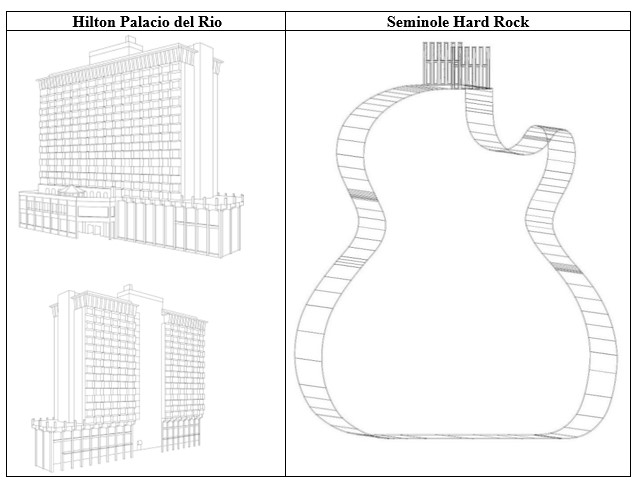The US Court of Appeals for the Fifth Circuit reversed a district court’s trademark invalidity finding based on lack of subject matter jurisdiction because a covenant not to sue (CNS) issued by the trademark owner precluded any reasonably expected future injury that the alleged infringer might incur. Nursery Decals & More, Inc. v. Neat Print, Inc., Case No. 22-10065 (5th Cir. Aug. 1, 2023) (Haynes, Engelhardt, JJ.; deGravelles, Dist. J., sitting by designation) (per curiam).
Neat Print and Nursery Decals sold novelty t-shirts on online marketplaces. In 2018, Neat Print notified one of the online marketplaces that Nursery Decals’ products allegedly infringed Neat Print’s trademarks. In response, the online marketplace sent Nursery Decals a final warning threatening a site ban for any future violations. Nursery Decals complied with the warning and also preemptively pulled its products from other online marketplaces.
Nursery Decals sued Neat Print in the Northern District of Texas. Most of Nursery Decals’ claims were directed to invalidating Neat Print’s trademarks or obtaining a noninfringement judgment. Nursery Decal also included three claims seeking damages. One was a federal claim for fraud on the US Patent & Trademark Office (PTO). The other two claims were Texas law claims based on tortious interference with an existing business relationship and a prospective business relationship. The district court ultimately granted summary judgment on all of the trademark-related claims, ordering the PTO to cancel all of the disputed trademarks.
Prior to the district court’s summary judgment grant, Neat Print tried to avoid summary judgment by filing a CNS along with a motion to dismiss for lack of subject matter jurisdiction. The district court denied the motion to dismiss, concluding that the CNS did not moot the case. The district court explained that Neat Print’s CNS did not address Nursery Decals’ past and potential future injuries (i.e., Nursery Decals’ damages claims). The district court also found that Neat Print’s CNS did not meet the high standard set forth in the Supreme Court’s 2013 decision in Already, reasoning that Neat Print’s CNS left the door open for future take-down notices based on the disputed trademarks.
Neat Print amended its CNS to address take-down notices. It then filed a motion to reconsider its motion to dismiss in light of the modified CNS. The district court orally denied the motion at the pretrial conference and ordered that the case proceed to trial. The jury ultimately found no liability on both claims. After the trial, the district court issued a written opinion explaining that it rejected Neat Print’s motion for reconsideration because Nursery Decals had a legally cognizable injury that supported subject matter jurisdiction. While Neat Print had defeated all of Nursery Decals’ damages claims, Neat Print appealed the district court’s judgment with respect to the trademark claims, arguing that the district court failed to properly evaluate subject matter jurisdiction on a claim-by-claim basis in view of Neat Print’s CNS.
The Fifth Circuit agreed with Neat Print, finding that the district court committed two errors. First, the district [...]
Continue Reading
read more

 Subscribe
Subscribe



